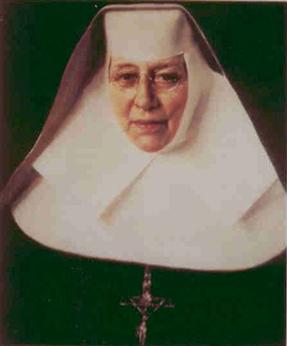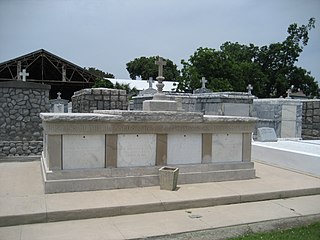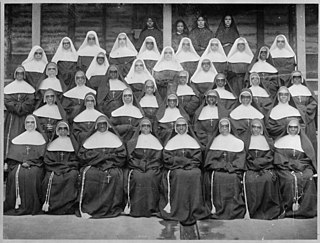
Loyola University New Orleans is a private Jesuit university in New Orleans, Louisiana. Originally established as Loyola College in 1904, the institution was chartered as a university in 1912. It bears the name of the Jesuit founder, Saint Ignatius of Loyola, and is a member of the Association of Jesuit Colleges and Universities.

Dillard University is a private, historically black university in New Orleans, Louisiana. Founded in 1930 and incorporating earlier institutions founded as early as 1869 after the American Civil War, it is affiliated with the United Church of Christ and the United Methodist Church.

Southern University and A&M College is a public historically black land-grant university in Baton Rouge, Louisiana. It is the largest historically black college or university (HBCU) in Louisiana, a member-school of the Thurgood Marshall College Fund, and the flagship institution of the Southern University System. Its campus encompasses 512 acres, with an agricultural experimental station on an additional 372-acre site, five miles north of the main campus on Scott's Bluff overlooking the Mississippi River in the northern section of Baton Rouge.

Katharine Drexel, SBS was an American Catholic religious sister, and educator. In 1891, she founded the Sisters of the Blessed Sacrament, a religious congregation serving Black and Indigenous Americans.

The Orleans Parish School Board (OPSB), branded as NOLA Public Schools, governs the public school system that serves New Orleans, Louisiana. It includes the entirety of Orleans Parish, coterminous with New Orleans.

Southern University at New Orleans is a public historically black university in New Orleans, Louisiana. It is a member of the Southern University System and the Thurgood Marshall College Fund.

Holy Cross School is a Catholic school serving grades pre-K through 12 in New Orleans, Louisiana. It was founded in 1849 by the Congregation of Holy Cross. Holy Cross School was originally named St. Isidore's College and was a boarding and day school. Holy Cross School is located in the Archdiocese of New Orleans.

The Sisters of the Blessed Sacrament (SBS) are a Catholic order of religious sisters in the United States. They were founded in 1891 by Katharine Drexel as the Sisters of the Blessed Sacrament for Indians and People of Color.
The Institute Catholique, also known as L'Institut Catholique des orphelins indigents and the Couvent School, was a Catholic school founded in New Orleans in 1840. It mainly served the non-orphan children of free people of color, who paid a modest tuition, and was founded with funds from Marie Couvent.

The Sisters of the Holy Family are a Catholic religious order of African-American nuns based in New Orleans, Louisiana. They were founded in 1837 as the Congregation of the Sisters of the Presentation of the Blessed Virgin Mary by Henriette DeLille. They adopted the current name in 1842.

St. Augustine High School is a private, Catholic, all-boys high school run by the Josephites in New Orleans, Louisiana. It was founded in 1951 and includes grades 8 through 12.

Norman Christopher Francis is an American academic who served as president of Xavier University of Louisiana from 1968 to 2015. He was the first Black and first lay president of the school, and the second African American to ever serve as president of a Catholic university in the United States.

St. Mary's Academy is a private Catholic K-12 school in New Orleans, Louisiana run by the Sisters of the Holy Family. Founded in 1867, it is one of the oldest Black Catholic schools in the country.

Xavier University Preparatory School was a private, Catholic high school in New Orleans, Louisiana. The Sisters of the Blessed Sacrament founded, owned and operated the school, having opened it in 1915 as what would eventually become Xavier University of Louisiana.

Gert Town is a neighborhood in the city of New Orleans, Louisiana. It is the home to Xavier University of Louisiana and is near Mid-City. Gert Town played a major role in the industrial development of the New Orleans region. The Blue Plate Mayonnaise Factory, Coca-Cola Bottling Plant, Sealtest Dairy, and Thompson-Hayward Chemical Company were all fundamental manufacturing bases of the working-class neighborhood. Gert Town was also well known for being a center of development for jazz and other music genres. Musicians such as Buddy Bolden, John Robichaux, Merry Clayton, Bunk Johnson and Allen Toussaint all came from the neighborhood and helped shape the musical influence of New Orleans.
Healthcare in New Orleans includes a combination of hospitals, clinics, and other organization for the residents of New Orleans, Louisiana.

St. Katharine Drexel Preparatory School is a private Catholic high school in New Orleans, Louisiana.
Edward Francis Murphy, SSJ was an American playwright, novelist, educator, and Catholic priest known for creating the "first Catholic best-seller", the novel The Scarlet Lily. He was also a close friend of Sinclair Lewis and introduced him to the Black community, inspiring his novel Kingsblood Royal.
Claver College was a Black Catholic university in Guthrie, Oklahoma, founded by Sr Joseph O'Conner in 1933 to serve the area's African Americans. It was supported with funding from Katharine Drexel. The college was named after Peter Claver, a Jesuit missionary.
























